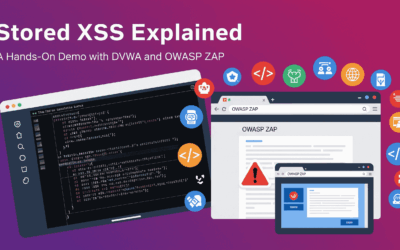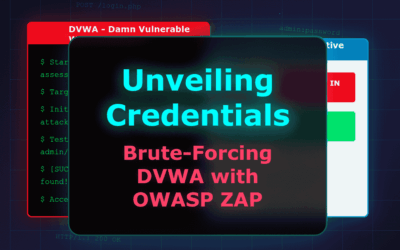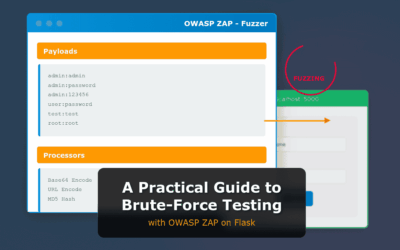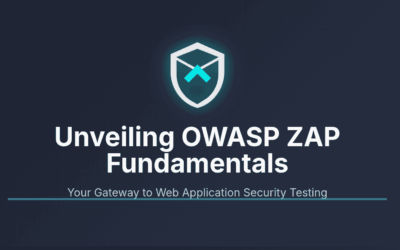🧭 Introduction In this demonstration, we explore one of the most dangerous yet commonly found web vulnerabilities—Stored Cross-Site Scripting (XSS). Unlike its reflected counterpart, stored XSS involves injecting malicious scripts that are permanently stored on the...
Sandbox99 Chronicles
From My Sandbox to Yours — Practical IT Insights.
Unveiling Credentials: Brute-Forcing DVWA with OWASP ZAP
Introduction Welcome back, security enthusiasts! This marks the third installment in our series dedicated to the art and science of brute-force attacks. In our previous discussions, we've explored the fundamental principles of brute-forcing, and in our last blog, we...
A Practical Guide to Brute-Force Testing with OWASP ZAP on Flask
Introduction Welcome back to our web application security series! In our previous blog post, "Brute-Force Testing with Hydra on Flask", we delved into the mechanics of brute-force attacks and demonstrated how to leverage the powerful command-line tool Hydra against a...
Unveiling OWASP ZAP Fundamentals
Introduction: The Guardian of Web Security In an era where data breaches make headlines almost daily, and cyberattacks grow increasingly sophisticated, the security of our web applications has never been more critical. Did you know that over 70% of successful...
A Practical Guide to Brute-Force Testing with Hydra on Flask
In Ethical hacking, particularly brute-forcing, is a crucial aspect of cybersecurity. It involves using the same techniques as malicious hackers, but with authorization, to identify vulnerabilities and strengthen defenses. When it comes to Python Flask applications,...
Your Web App’s Shield: The 12 Phases of Web Penetration Testing Explained
In today's digital world, web applications are the backbone of businesses, from e-commerce sites to internal management systems. But as their importance grows, so does the risk of cyberattacks. This is where Web Application Penetration Testing (WAPT) comes in – it's a...






